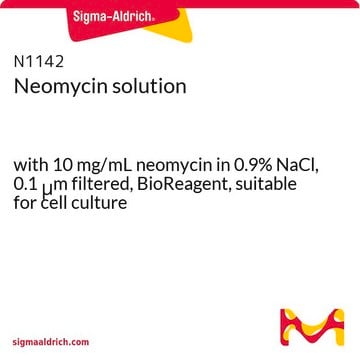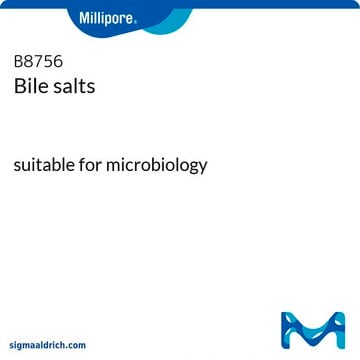The specific activity of the pancreatin is specified in multiples of the minimum USP standard (USP 24, p. 1254). The USP defines a minimum specification of 1X Pancreatin as follows:
25 USP protease units per mg.
25 USP amylase units per mg.
2 USP lipase units per mg.
For the 4 × USP the above values are multiplied by four. The product Certificate of Analysis confirms that this specification has been met, but no activity values are reported. The USP defines units as:
One USP Unit of amylase activity is contained in the amount of pancreatin that decomposes starch at an initial rate such that 0.16 µ Eq of glycosidic linkage is hydrolyzed per minute under the conditions of the Assay for amylase activity.
One USP Unit of lipase activity is contained in the amount of pancreatin that liberates 1.0 µ Eq of acid per minute at a pH of 9.0 and 37° under the conditions of the Assay for lipase activity.
One USP Unit of protease activity is contained in the amount of pancreatin that under the conditions of the Assay for protease activity hydrolyzes casein at an initial rate such that there is liberated per minute an amount of peptides not precipitated by trichloroacetic acid that gives the same absorbance at 280 nm as 15 nmol of tyrosine.
The specific monograph may not be shared due to copyright laws. Please refer to the USP to review the published monograph.











